

Articles
How Do I Cover My Balcony
Modified: February 24, 2024
Learn how to cover your balcony with helpful articles on different methods and materials. Enhance your outdoor space with these easy tips and ideas.
(Many of the links in this article redirect to a specific reviewed product. Your purchase of these products through affiliate links helps to generate commission for Storables.com, at no extra cost. Learn more)
Introduction
Welcome to our comprehensive guide on how to cover your balcony! Whether you’re looking to add privacy, protect against the elements, or simply enhance the aesthetic appeal of your outdoor space, finding the right balcony covering is essential. In this article, we’ll walk you through the process of assessing your balcony, selecting the perfect covering option, installing it properly, and maintaining it for long-lasting durability. So let’s dive in and learn how to transform your balcony into a cozy and inviting retreat!
When it comes to covering your balcony, there are numerous factors to consider. The size and layout of your balcony, your desired level of privacy, and the local weather conditions are just a few of the key elements that will influence your decision. Before investing in any covering option, it’s crucial to conduct a thorough assessment of your balcony to determine its specific needs.
Start by measuring the dimensions of your balcony, taking into account any angles or irregularities in the shape. This will help you determine the amount of material you’ll need and also enable you to explore the various covering options available for balconies of your size.
Next, consider the purpose of the cover. Are you primarily concerned about privacy, or are you looking for protection from the sun, rain, or wind? Understanding your specific requirements will help you narrow down the choices and ensure that the covering option you choose aligns with your needs.
Now that you have assessed your balcony, it’s time to explore the different balcony covering options available. There is a wide range to choose from, including retractable awnings, pergolas, shade sails, balcony blinds, and glass enclosures. Each option has its own unique advantages and considerations, so it’s important to research and evaluate them before making a decision.
Retractable awnings are a popular choice for balconies as they provide both shade and flexibility. With the option to extend or retract the awning as needed, you can control the amount of sunlight and shade on your balcony. These awnings are available in various materials and designs, allowing you to find one that suits your style and preference.
Pergolas are another fantastic option, particularly if you are looking to create a charming and cozy outdoor space. These open structures provide partial shade and can be adorned with climbing plants, creating a natural and inviting ambiance on your balcony.
If you’re seeking a more modern and sleek look, consider glass enclosures. These transparent panels provide excellent protection from the elements while allowing you to enjoy uninterrupted views. Glass enclosures are a more permanent option and require professional installation.
Balcony blinds and shade sails are popular choices for those on a budget or looking for a temporary solution. These lightweight coverings are easy to install and provide shade and privacy. However, they may not offer the same level of durability as other options.
Once you have decided on the perfect covering option for your balcony, it’s time to proceed with the installation. Depending on the type of covering you choose, you may be able to handle the installation yourself with the help of some basic tools. However, some options, like glass enclosures, may require professional assistance. Follow the manufacturer’s instructions carefully and ensure that the installation is done securely and safely.
After successfully installing your balcony covering, it’s important to maintain and care for it to prolong its lifespan. Regular cleaning, especially for fabric coverings, is crucial to prevent dirt and debris build-up. Additionally, checking for any signs of wear and tear and addressing them promptly will help avoid any potential damage.
With proper assessment, careful selection, precise installation, and regular maintenance, you can transform your balcony into a private oasis that you can enjoy all year round. So go ahead and cover your balcony to create a space that reflects your style and provides the perfect escape right at home!
Key Takeaways:
- Transform your balcony into a cozy retreat by assessing its needs, choosing the right covering option, and ensuring proper installation and maintenance for long-lasting durability and aesthetic appeal.
- Prioritize privacy, weather protection, aesthetic appeal, and budget when selecting a balcony covering, and follow proper installation and maintenance guidelines to create a stylish and functional outdoor sanctuary.
Assessing the Balcony
Before you can choose the right covering option for your balcony, it’s important to assess the space and understand its unique characteristics. By taking the time to evaluate your balcony, you can ensure that the covering you choose will fit properly, provide the desired level of privacy and protection, and enhance the overall aesthetic appeal of your outdoor space.
Start by measuring the dimensions of your balcony. Note the length, width, and height of the space, as well as any irregularities in shape or structure. This information will be crucial when selecting the appropriate size and type of covering for your balcony.
Next, consider the orientation and location of your balcony. Is it facing south, receiving direct sunlight for most of the day? Or is it in a shaded area, receiving limited sunlight? Understanding the exposure to sunlight will help you determine the level of shade and sun protection you need from your balcony covering.
Take note of the prevailing wind direction, as well. If your balcony is exposed to strong winds, you may want to consider a covering option that provides additional wind protection, such as a transparent glass enclosure or a sturdy pergola with wind-resistant materials.
Consider the privacy requirements for your balcony. Are you located in a densely populated area, where neighboring balconies overlook yours? Or are you fortunate to have a private balcony without prying eyes? Assessing the level of privacy you desire will help you choose a covering option that provides the appropriate amount of seclusion.
Another aspect to consider is your local climate and weather conditions. If you live in an area with heavy rainfall, it’s essential to choose a balcony covering that is waterproof and able to withstand the elements. Conversely, if you’re in a region with scorching summers, a covering that offers effective sun protection will be crucial to enjoy your balcony comfortably.
Lastly, take note of any structural limitations or restrictions on your balcony. Are there any weight-bearing limitations on the balcony railing or walls? Keep these in mind when selecting a covering option, as it should be compatible with the existing structure and pose no safety risks.
By thoroughly assessing your balcony, you can gather the necessary information to make an informed decision on your covering choice. Taking into consideration the size, orientation, privacy requirements, weather conditions, and structural limitations will help you narrow down the options and find the perfect balcony covering that meets both your practical needs and personal preferences.
Choosing the Right Covering Option
When it comes to selecting the right covering option for your balcony, there are several factors to consider. From your desired level of privacy and protection to the overall aesthetic appeal, finding the perfect option can transform your balcony into a functional and inviting outdoor space. Here are some key considerations to help you make the best choice:
1. Privacy: Determine how much privacy you require on your balcony. If you’re looking for complete privacy, options like balcony blinds or glass enclosures can provide the seclusion you desire. On the other hand, if you’re comfortable with partial visibility, a pergola or shade sail can offer a balance between privacy and an open-air feel.
2. Weather Protection: Evaluate the weather conditions in your area. If you experience heavy rain or harsh sunlight, consider a covering option that offers adequate protection. Retractable awnings, pergolas with a retractable canopy, or shade sails with UV-resistant material can all provide shelter from the elements while allowing flexibility based on weather conditions.
3. Aesthetic Appeal: Think about the overall look and feel you want to create on your balcony. Each covering option has its own style and visual impact. Glass enclosures offer a modern and sleek aesthetic, while pergolas with climbing plants can create a charming and natural ambiance. Choose a covering that complements your balcony’s design and enhances its aesthetic appeal.
4. Durability: Consider the durability and longevity of the covering option. Some materials, like sturdy fabrics or glass enclosures, are designed to withstand different weather conditions and have a longer lifespan. Ensure that the covering you choose is made from high-quality materials and can withstand the specific climate in your area.
5. Maintenance: Think about the level of maintenance you’re willing to undertake. Some coverings, like glass enclosures or pergolas, require more regular cleaning and upkeep compared to balcony blinds or retractable awnings. Consider the time and effort you’re willing to invest in maintaining your balcony covering.
6. Budget: Set a budget for your balcony covering project. Different options come with varying price points, so it’s important to consider your budgetary constraints. However, remember that investing in a high-quality and durable covering will ensure long-term satisfaction and reduce the need for frequent replacements or repairs.
7. Local Regulations: Check if there are any regulations or restrictions in your area regarding balcony coverings. Some municipalities may have specific guidelines on the type of materials, height, or installation methods allowed. Ensure that you are compliant with local regulations to avoid any legal issues.
By considering these factors, you can make an informed decision and choose the right covering option that meets your needs and enhances your balcony space. Take the time to research and explore different options, consult experts if needed, and envision how each choice will transform your balcony into a stylish and functional outdoor retreat.
Consider using outdoor rugs or artificial grass to cover your balcony floor. This can add a pop of color, provide a comfortable surface, and help protect the underlying flooring.
Installing a Balcony Covering
Once you have chosen the perfect covering option for your balcony, it’s time to move on to the installation process. Proper installation is key to ensure the functionality, durability, and aesthetics of your balcony covering. While the specific steps may vary depending on the type of covering you have chosen, here are some general guidelines to help you with the installation:
1. Gather the necessary tools and materials: Before you begin the installation, make sure you have all the required tools and materials. This may include a drill, screws, brackets, measuring tape, and any specific hardware mentioned in the manufacturer’s instructions.
2. Read and follow the manufacturer’s instructions: Carefully read the installation instructions provided by the manufacturer. These instructions will provide step-by-step guidance on how to properly install the covering. Following the instructions will ensure that the installation is done correctly.
3. Prepare the balcony: Clear the balcony of any furniture or objects that may obstruct the installation process. Clean the surface, removing any dirt or debris that may interfere with the installation. Ensure that the balcony is structurally sound and capable of supporting the weight of the covering.
4. Measure and mark: Use a measuring tape to accurately measure the dimensions needed for installation. Mark the spots where the brackets or hardware will be installed, ensuring proper alignment and spacing. Double-check the measurements to avoid any mistakes before drilling holes or securing the covering.
5. Install the brackets or hardware: Depending on the type of covering, you may need to install brackets or other hardware to support the covering. Follow the manufacturer’s instructions on how to properly attach these components to the balcony. Use a drill and screws to secure the brackets firmly in place.
6. Hang or attach the covering: Once the brackets or hardware are in place, it’s time to hang or attach the actual covering. This may involve sliding a retractable awning into the brackets, attaching fabric to a pergola frame, or securing blinds to the balcony railing. Follow the specific instructions provided by the manufacturer to ensure the covering is properly installed and secured.
7. Test and adjust: After the installation is complete, take a step back and evaluate the functionality of the covering. Test its operation, such as extending or retracting an awning or adjusting blinds for proper coverage. Make any necessary adjustments or fine-tuning to ensure the covering functions smoothly.
8. Seek professional help if needed: If you are unsure about any aspect of the installation process, or if you are dealing with a more complex covering option like glass enclosures, it is advisable to seek professional help. They can ensure that the installation is done correctly, minimizing any potential issues or risks.
Remember, proper installation is essential for the longevity and effectiveness of your balcony covering. Pay close attention to details, follow the instructions provided, and take the necessary precautions to ensure a successful installation process. With the covering installed correctly, you can now enjoy your balcony with enhanced privacy, protection, and aesthetic appeal.
Maintaining and Caring for Your Balcony Cover
Once your balcony covering is installed, it’s important to establish a regular maintenance routine to ensure its longevity, functionality, and visual appeal. By properly caring for your balcony cover, you can keep it in excellent condition and enjoy its benefits for years to come. Here are some essential tips for maintaining and caring for your balcony cover:
1. Regular Cleaning: Dust, dirt, and other debris can accumulate on your balcony cover over time. Depending on the type of covering, you may need to clean it using specific methods or products. For retractable awnings or fabric covers, remove loose dirt and rinse with water, then gently scrub with a mild detergent solution. Glass enclosures can be cleaned using a glass cleaner and a soft cloth. Regularly cleaning your balcony cover will help prevent staining and preserve its appearance.
2. Check for Damage: Regularly inspect your balcony cover for any signs of wear and tear or damage. Look for loose fabric, broken attachments, or cracks in glass enclosures. Promptly address any issues you notice to prevent further damage and ensure the functionality of the covering. Repair or replace damaged components as needed, following the manufacturer’s instructions or seeking professional assistance if necessary.
3. Trim Surrounding Vegetation: If you have plants or climbing vines around your balcony, it’s important to trim them regularly. Overgrown vegetation can put strain on the balcony cover and potentially cause damage. Trim back any branches or shoots that come into contact with the covering, ensuring there is sufficient space between the plants and the cover.
4. Remove Excess Weight: Avoid placing heavy items or excessive weight on your balcony cover. This can strain the cover and its attachments, potentially causing damage or compromising its structural integrity. Follow the weight-bearing limitations provided by the manufacturer and use caution when placing furniture or other objects on the balcony.
5. Protect During Extreme Weather: In severe weather conditions, such as storms or heavy snowfall, take steps to protect your balcony cover. Retract awnings or retractable covers to prevent them from getting damaged by strong winds. Remove snow or ice buildup from the covering to prevent excess weight and potential damage. If necessary, seek professional assistance or guidance on how to best protect your balcony cover during extreme weather events.
6. Follow Care Instructions: Each type of balcony cover may have specific care instructions provided by the manufacturer. It’s important to follow these instructions to ensure proper care and maintenance. This may include guidelines for cleaning, storage during the off-season, or any other special considerations. Adhering to the care instructions will help prolong the lifespan of your balcony cover.
7. Schedule Professional Maintenance: Consider scheduling periodic professional maintenance for your balcony cover. This can involve inspections, cleaning, and any necessary repairs or adjustments. Professional maintenance can help identify and address any potential issues before they escalate and ensure that your balcony cover remains in excellent condition.
By following these maintenance tips and establishing a regular care routine, you can keep your balcony cover in optimal condition. Regular cleaning, checking for damage, trimming vegetation, avoiding excess weight, protecting during extreme weather, and following care instructions will contribute to the longevity and visual appeal of your balcony cover. With proper care, you can continue to enjoy the benefits of your balcony cover and create a comfortable and inviting outdoor space.
Conclusion
Covering your balcony can enhance both the functionality and aesthetic appeal of your outdoor space. Whether you’re looking for privacy, protection from the elements, or simply a cozy retreat, finding the right balcony covering is essential. By assessing your balcony, choosing the right covering option, properly installing it, and maintaining it, you can create a beautiful and inviting outdoor sanctuary.
During the assessment phase, consider the size, orientation, privacy needs, weather conditions, and structural limitations of your balcony. This information will guide you in selecting the ideal covering option that aligns with your specific requirements.
When choosing a covering option, prioritize factors such as privacy, weather protection, aesthetic appeal, durability, maintenance, and your budget. Explore the various options available, such as retractable awnings, pergolas, shade sails, balcony blinds, or glass enclosures, and choose the one that best suits your needs and complements your balcony’s design.
Proper installation is crucial to ensuring the functionality and longevity of your balcony covering. Carefully read and follow the manufacturer’s instructions, gather the necessary tools and materials, prepare the balcony, and install the brackets or hardware before hanging or attaching the covering itself. If needed, seek professional assistance to guarantee a successful installation.
Maintaining and caring for your balcony cover is essential to preserving its condition. Regularly clean the cover, check for damage, trim surrounding vegetation, avoid excess weight, protect it during extreme weather, and follow any specific care instructions provided by the manufacturer. Scheduling professional maintenance can also help ensure the cover’s optimal performance and longevity.
In conclusion, covering your balcony transforms it into a functional and inviting space where you can relax, entertain, and enjoy the outdoors. By assessing your balcony, choosing the right covering option, properly installing it, and maintaining it, you can create a beautiful and comfortable outdoor retreat that reflects your style and enhances your lifestyle. So, start exploring your balcony covering options today and transform your outdoor space into a private oasis!
Frequently Asked Questions about How Do I Cover My Balcony
Was this page helpful?
At Storables.com, we guarantee accurate and reliable information. Our content, validated by Expert Board Contributors, is crafted following stringent Editorial Policies. We're committed to providing you with well-researched, expert-backed insights for all your informational needs.


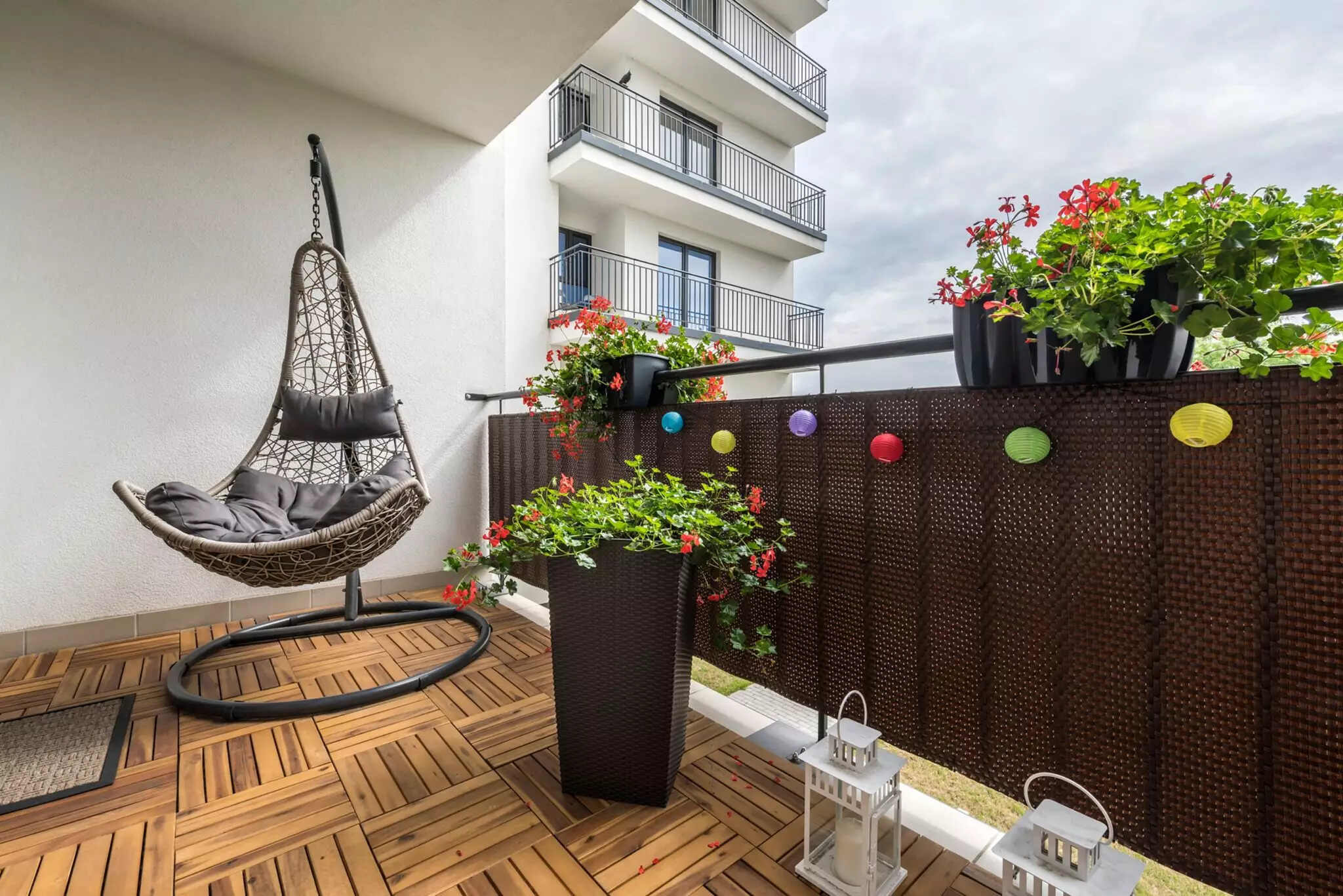
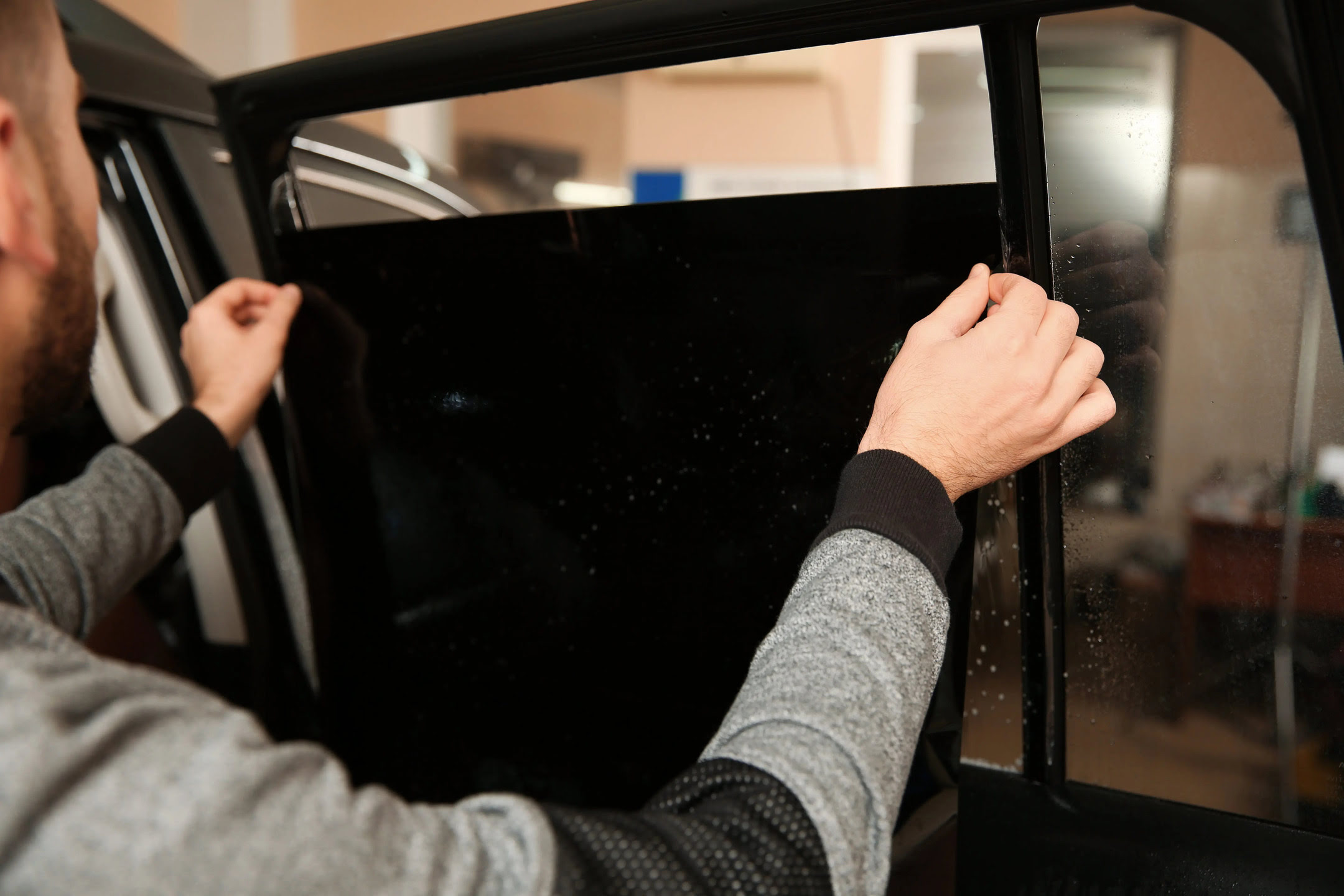
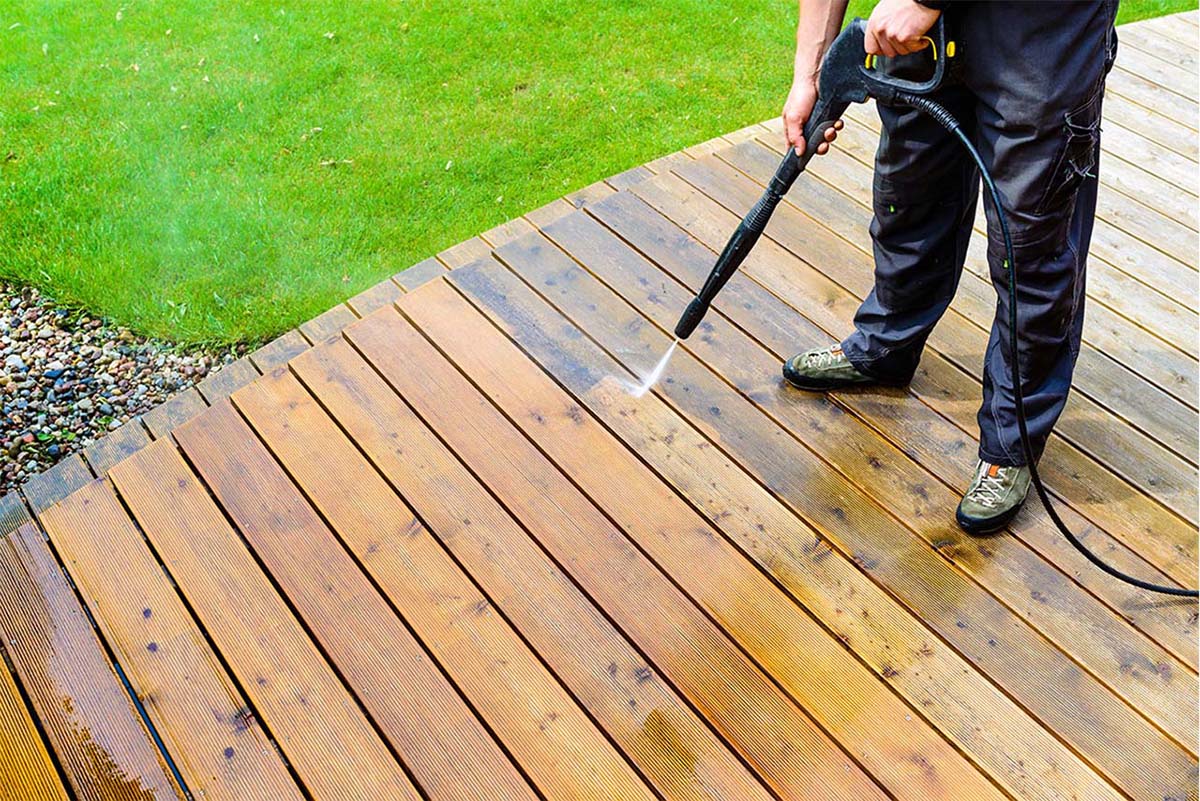


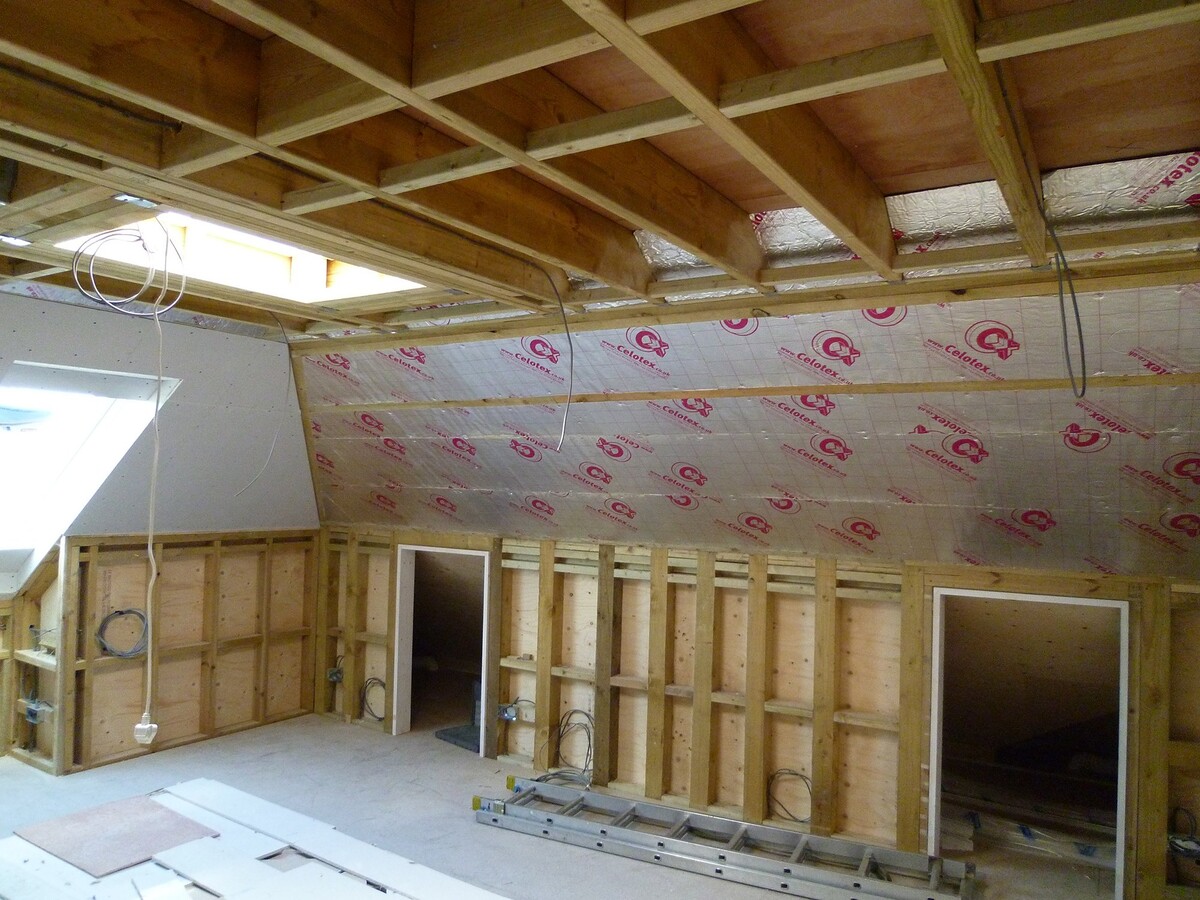

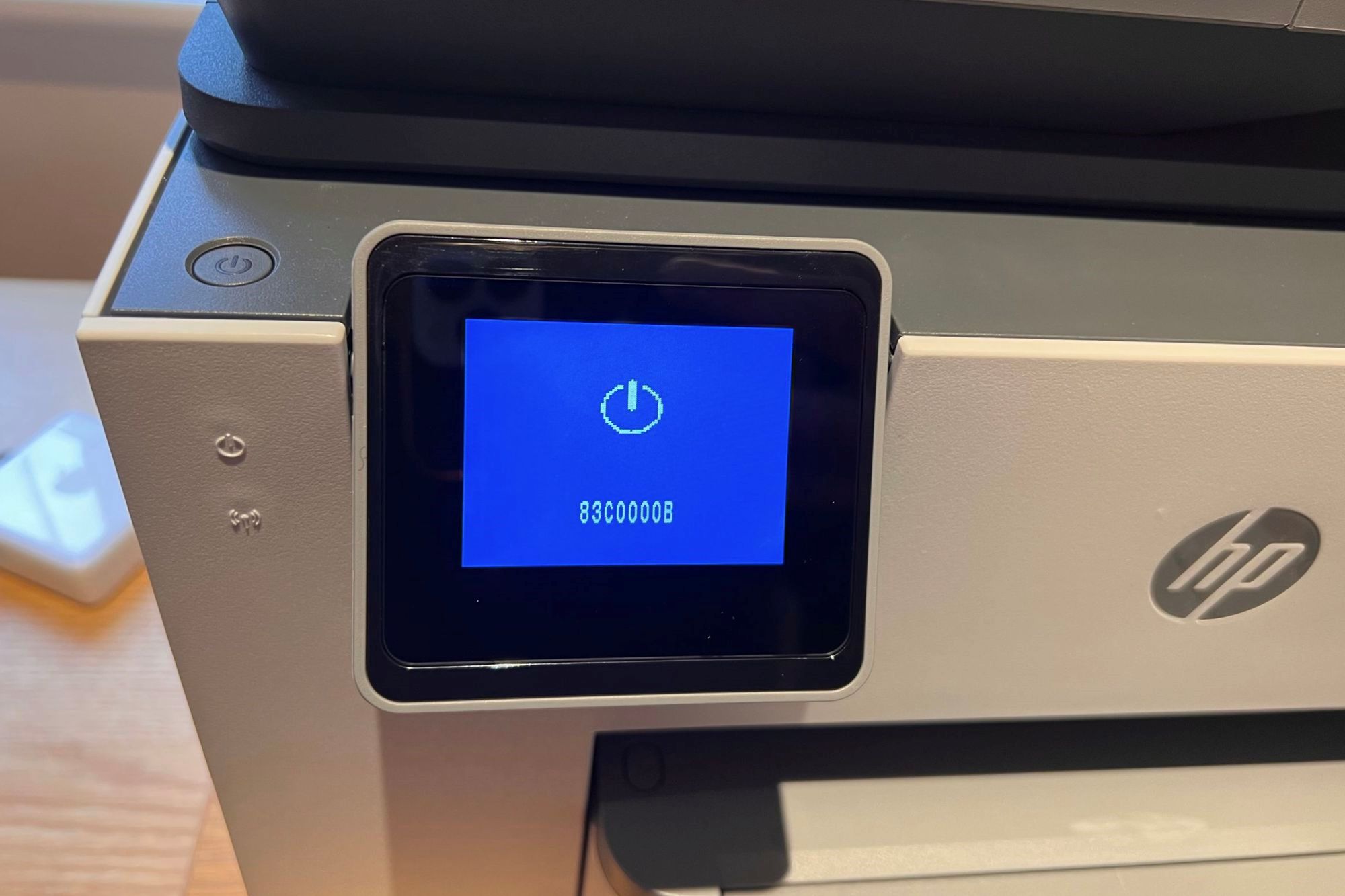

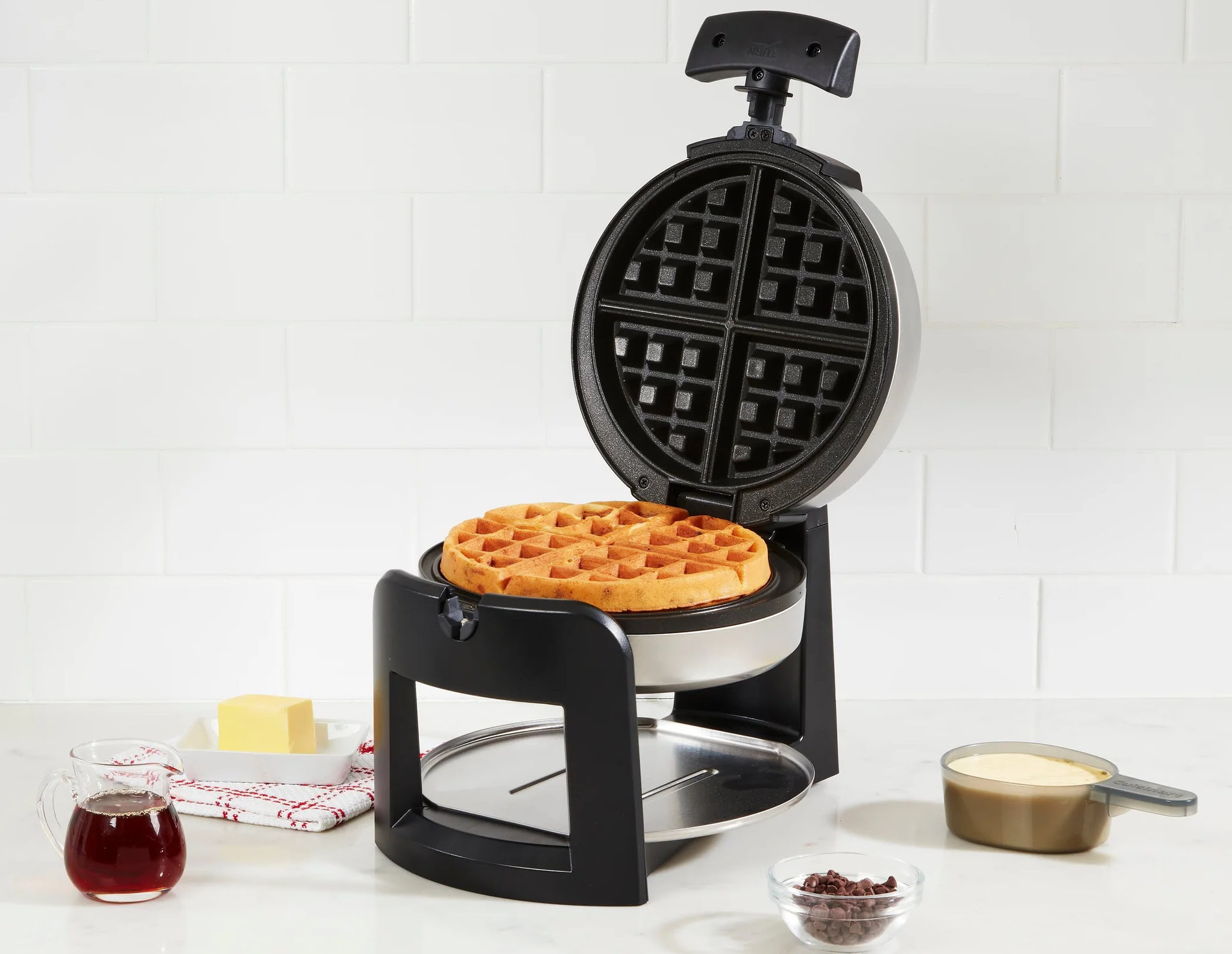
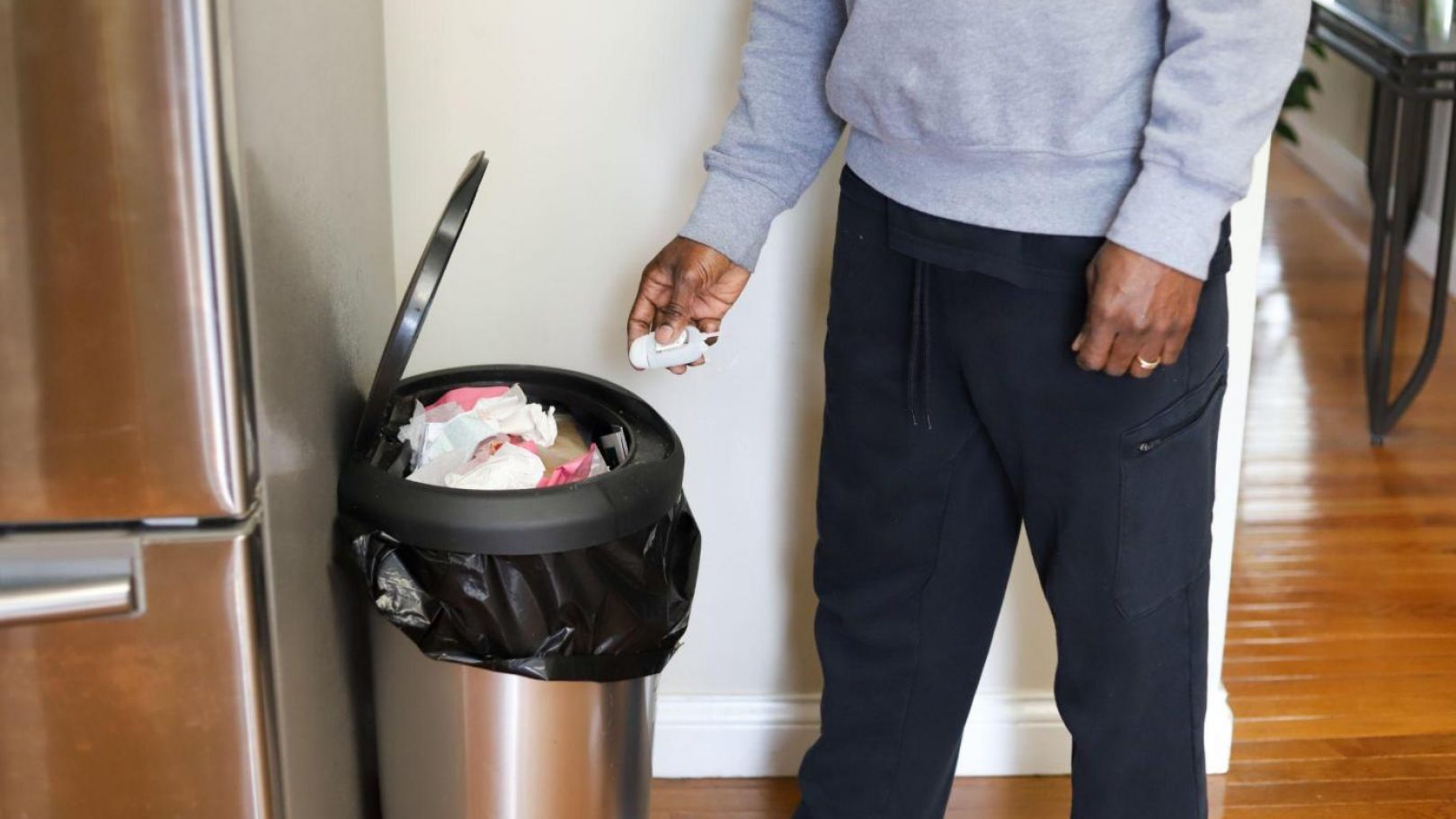


0 thoughts on “How Do I Cover My Balcony”